Green-fingered Chorley garden designer on his stunning WWII Chelsea Flower Show tribute to his late grandfather and RAF heroes


But, at its best, gardening is where the grunt of industry meets art. And this is the space in which John Everiss thrives.
Born in London but an adopted Northerner ever since enrolling at Myerscough College in the '80s, John is an award-winning garden designer who has worked in landscapes for over 25 years. Shaped by his father's post-war profession as a zoologist, his early horticultural studies, and his love for the Lancastrian countryside, John is an artist who paints with nature.
Advertisement
Hide AdAdvertisement
Hide Ad"A garden is a painting in 3D," says John, 56. "Art and illustration have always been passions of mine, so early on I was really interested in the design side of things - using gardens to create a tangible picture. And I love the practical side of building things, of making things you can see and touch, using plants and stone to give a space texture and colour.
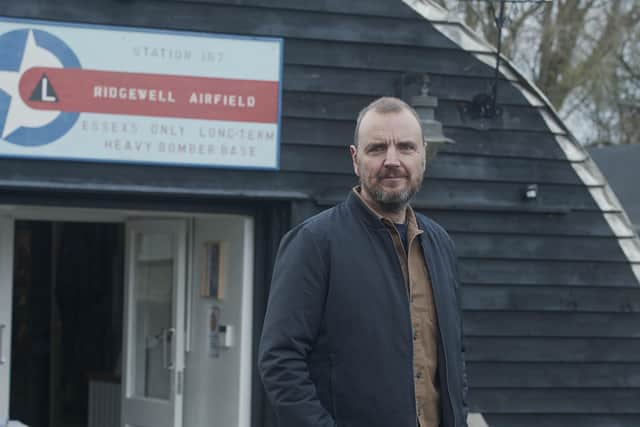

"Fundamentally, you're trying to create something which is pleasing to the eye, something visually interesting," he adds. "But everything has to work together. A design has to be sympathetic to the house and the landscape because you can make or break a property with a garden. That's something people are coming around to: looking out rather than in."
From assignments where he has been tasked with creating a beach house vibe to more contemporary projects to balancing 21st century design alongside a 15th century home, John has to be flexible in his approach whilst also trusting of his own instinct and sense of style. But some core tenets remain the same.
"People want a garden that draws them outside," he explains. "Each project is unique and has its own challenges, although somebody said to me the other day that landscaping is 80% carrying very heavy things from one place to another!" What is his personal style, I enquire. "No one's ever asked me about that before!" A pause. He umms and ahhs.
Advertisement
Hide AdAdvertisement
Hide Ad"My style is hard to define, but everything I do is practical rather than just stylish for the sake of it," he says. "I'm always looking at how I would use a space, whether I would want steps here or a bench there. Focal points are really important, too - something that draws the eye and leads you somewhere. You can input your own style through simple things like layout.
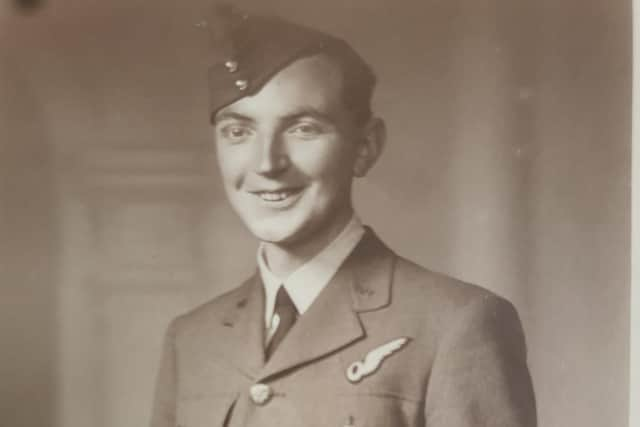

"For example, I did a project in the Ribble Valley where they had this most fabulous oak tree on a hillside beyond the garden, so I built everything around that as a view," John continues. "I designed the garden so it lined up with an oak tree which wasn't even in the garden but which was almost a piece of sculpture in itself. It's all about adding another dimension to a space.
"There's nothing better than when somebody comes round the corner and says 'wow'," he adds. "There are easier ways to make a living, but creating something which people will enjoy is where the buzz comes from for me."
Ahead of this year's Chelsea Flower Show in May, John is working with The Royal Air Force Benevolent Fund to design a garden to commemorate the Battle of Britain. The garden will be the fund's first at Chelsea and will feature a four-metre sculpture of a pilot looking up at the sky constructed out of 1,200 layers of laser-cut stainless steel in tribute to the RAF.
Advertisement
Hide AdAdvertisement
Hide AdInspired by a photograph of a 21-year-old Flying Officer, the sculpture - constructed by a Lancastrian company called Fitzpatrick's - will be titled 'The Strongest Link' and will depict the young officer shielding his eyes from the sun whilst holding a mug of tea. Watching the air battle above, he waits for the call to fly again.
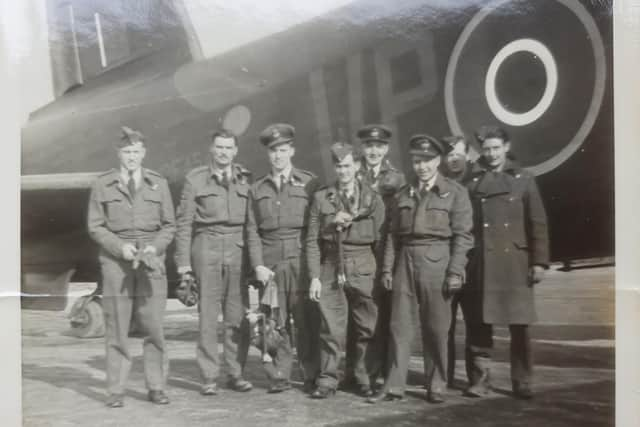

Funded by Project Giving Back, the vision of two private individuals who want to offer a springboard to charitable causes whose work has suffered during the Covid-19 pandemic, the sculpture is the third of John’s public commemorative projects following his 2019 D-Day Garden and his 2015 Evaders’ Garden, which is now a permanent exhibit at Astley Park in Chorley.
Following Chelsea, the sculpture will be relocated to London Biggin Hill Airport, a former RAF base, on Battle of Britain Day in September in a nod to Prime Minister Winston Churchill’s description of Biggin Hill as his ‘strongest link’ during the Battle of Britain. Such a moving project is innately inspirational, but for John, the echoes of history ring that much louder.
"My dad's story brings an added element of poignancy," says John, whose father Stan was an RAF navigator on Stirling bombers during WWII. "He never spoke about it until he retired; I knew something had happened and he kept his old flying gloves in the cupboard, so we'd put them on without understanding what they really were."
Advertisement
Hide AdAdvertisement
Hide AdIn 1943, Stan was shot down over occupied France, the plane's wings ripped off after they crashed into two trees, sending the fuselage careening through a field. Unable to walk due to a crushed vertebrae, he hid in a ditch for 24 hours, managing to take a photo of the crash site before burying his watch and his camera and being smuggled to safety in a wheelbarrow.
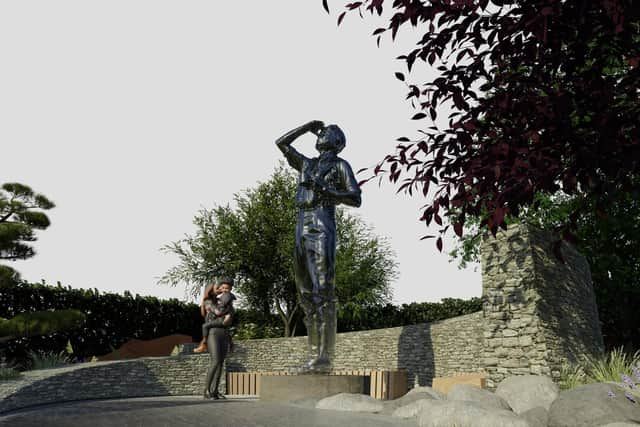

A local farmhand pushed him across five miles of fields to the nearby town of Chauny, where he was hidden by local resistance fighters and spent six weeks recovering. He then travelled to Paris before hiding in the water tender of a steam train heading south, eventually crossing the Pyrenees and making for the British Consulate in Barcelona and then home.
Gone for four months, Stan's family presumed him dead. One morning, his mother answered a knock on the door, saw her son, and fainted. Stan, who always dressed in a tweed jacket for missions so he'd be presentable should they crash-land, never flew again. He spent the remainder of the war teaching pilots how to evade enemy aircraft. In 1947, he even managed to retrieve his watch and camera.
"My dad was lucky to survive," says John. "It's incredible what the pilots in the Battle of Britain did at such a young age - I think the average age of the pilots was about 21. When I hear stories of young soldiers in WWII, I think of my dad and my son, who's 23 himself now. Unbelievable.
Advertisement
Hide AdAdvertisement
Hide Ad"I was asked to do something a couple of years ago to commemorate the Battle of Britain but Covid delayed it," adds John. "When we got an opportunity through Project Giving Back and, what with me being part of the RAF family, I saw it as an honour. It's a sensitive subject which you have to handle carefully because it's of national importance; you don't want to be trivial."
Heading into his sixth edition of the prestigious Chelsea Flower Show, John says that the event holds a special place in his heart because of the innovation it inspires.
"Chelsea is there to push the boundaries, so you can take a few risks," he says. "In 2018, I did a garden for a Myeloma charity featuring a big blue Perspex sculpture of a head, shoulders, and hands. I loved that because, day-to-day, saying to a regular client 'I've never tried it before and I'm not sure what it'll look like, but I want to build this massive head' is a difficult sell!
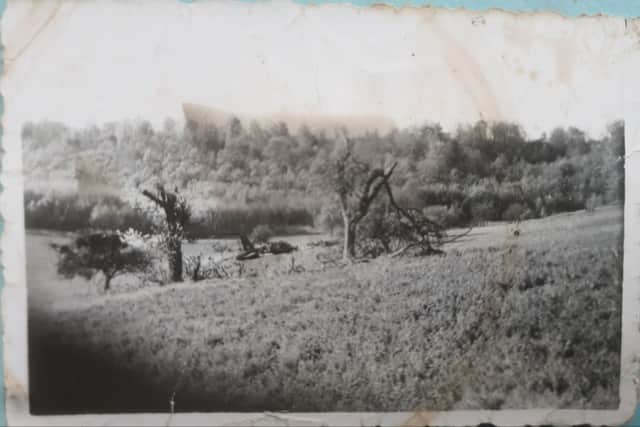

"There's also an element of permanence with gardens which isn't there with Chelsea, so you can go outlandish," adds John. "Although, saying that, every garden I've done for the show has ended up as a permanent fixture somewhere. The show is addictive because you put 18 months of planning into 30 minutes of judging. It's mad when you look at it like that!
Advertisement
Hide AdAdvertisement
Hide Ad"Even now, when we're a few months off, the show occupies a tremendous amount of your thought," he continues. "It's a case of having healthy butterflies in the stomach because there's so much that can go wrong with materials and weather and getting flowers to perform for one hour on one day. But that's the challenge.
“It's theatre, gardening with a sense of drama."